Anatomy of a Grounding
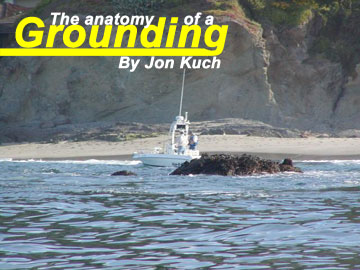 As the 2007 Saltwater Bass Anglers (SWBA) tournament series gets underway on February 3, 2007, I thought now would be a great time to remind the inshore bass thumpers of the importance of making sure all of your emergency equipment is in good working order. During the second stage of the 2006 tournament series, our team was involved in a situation that went from a good calico bass bite to an emergency within minutes.
As the 2007 Saltwater Bass Anglers (SWBA) tournament series gets underway on February 3, 2007, I thought now would be a great time to remind the inshore bass thumpers of the importance of making sure all of your emergency equipment is in good working order. During the second stage of the 2006 tournament series, our team was involved in a situation that went from a good calico bass bite to an emergency within minutes.
The unfortunate chain of events that day started when our motor “spun a prop” without warning, and we found ourselves dead in the water. Because we were not able to deploy the electric trolling motor or anchor fast enough, the surge from the surf carried the boat across a shallow rocky reef, and we eventually came to rest on a sandy beach.
The classic problem with this type of motor failure is that it is almost impossible to prevent, and it can happen without any warning at all. An investigation after my accident showed that the hub broke away from the prop, causing the hub to spin inside the prop. As a result, the motor would revive up, but the boat would not move. Fortunately, no one was injured, but it reinforced the importance of having all of your emergency equipment and systems in place.
On the day of my accident, I had several people approach me and tell me their stories of close calls over the years. In fact, on the same day my partner and I had our mishap, another team told me that they nearly put their boat onto the rocks that day. Their saving grace was a swell that swept over the exposed boiler rock as the boat drifted over the top. If it wasn’t for the swell, they too may have had an outcome just like ours. We West Coast calico bass fishermen understand and accept the risks associated with fishing in tight to the boiler rocks, reefs, beaches and other similar hazards, while in search of monster calico bass. But, it is always a good idea to be well prepared.
Perhaps one of the most important lessons I learned that day had to do with what to expect from and how to deal with the salvage companies that respond to your distress call. I am by no means an expert in Maritime Law, or marine insurance, but after going through this incident, I have gained valuable knowledge regarding the salvage companies and my rights as a boater. My goal is to remind you of the importance of planning ahead in this respect and ensuring you have all of your systems in place prior to an incident.
LESSONS LEARNED
The first emergency responders on the scene April 1, 2006 were the Park Rangers. They quickly provided me with a “Readers Digest” version of what to expect when the salvage companies begin to arrive on scene. The information they provided me on that day proved valuable and, without it, the outcome may have been far worse. I was informed of the following:
- You have the right to choose the salvage company. Just because a salvage company arrives on scene doesn’t mean you must use them. Salvage companies will monitor emergency channels and respond to distress calls knowing the distraught boater will make decisions without consideration of the outcome.
A signed agreement is not necessarily required for the rescuing vessel to place a salvage lien against the rescued vessel. The salvage company only needs to establish that there was a marine peril, the services were voluntary and the operation was a success. The costs are often a percentage of the boat’s post casualty value. In my case, that first number thrown around by the salvage company was $12,000, just to get my boat off of the beach.
- Do not allow a salvage company to secure a line to your boat unless you agree to enter into a contract. It can be construed you have entered into a contract with the salvage company once you voluntarily agree to accept their services.
Reach an understanding with the salvage company before you agree to their services. Have them explain exactly what services they are going to provide as well as the estimated costs. If the weather and conditions do not allow for this communication, then is should be addressed as soon as it is safe. There are standard contracts available and you should obtain a copy to carry with you in the boat to have them sign. By agreeing to a predetermined fee, you will avoid suffering from invoice shock later. Contact your insurance company, and they can provide you with some general guidelines on costs.
One of the most important lessons learned was that salvage companies can, and will, mislead you in order to have you accept their services. They will try their hardest to take advantage of your unfortunate situation. In my case, when the first salvage company arrived on scene they asked me if I wanted them to attach a line to my boat to prevent my boat from moving down the beach and smashing onto the rocks. They were repeatedly told “No”, and were informed I was in communication with my towing provider. The salvage company was further told my towing company was in the process of responding to provide assistance. Determined to make money from my misfortune, the salvage company told me on multiple occasions that they had spoken to my towing provider and they would not be responding. The salvage company went so far as to tell me that my towing provider does not even provide salvage recovery. Fortunately, my towing provider was repeatedly contacted to confirm the information the salvage company was providing me, and each time I discovered the information was false. This type of dialogue went on between the salvage company and me for several hours or more. Once my towing company arrived on the scene, the salvage company scattered like a cockroach being exposed to light.
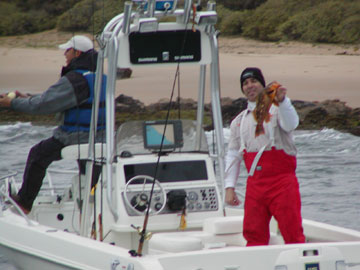 As the SWBA series starts there are a few things you can do to minimize stress if an incident like this should happen to you:
As the SWBA series starts there are a few things you can do to minimize stress if an incident like this should happen to you:
Read and understand the terms of your insurance policy. Be sure that salvage service is included and the coverage is for the agreed value of the vessel. An agreed value policy pays the owner what it takes to purchase a new and comparable boat.
Research and select a tow/salvage company prior to setting sail. I had Boat US and they did a great job. They were true professionals throughout the process and afterward. Also, ensure your towing/salvage company has experience in handling hazardous materials. Remember your fuel, oil, hydraulic fluid, batteries, cleaners and other similar materials are considered hazardous materials under local, state, and federal laws and, if not managed correctly, could damage the marine environment. Remember you are ultimately responsible for your vessel and any ensuing damage resulting from the incident.
Develop a pre-launch checklist to ensure you have all of the necessary safety equipment on board, it is in good condition and readily available. Don’t store life jackets in the bottom of the console or other compartment.
Complete a “Float Plan” prior to going out every time. I have an electronic copy of a float plan that can be completed on a computer. If you would like a copy email your request to me at basstobasics@sbcglobal.net.
Establish a pre-arranged communication system with a person that has all of your insurance, towing company and other important information. During my incident, I was not able re-board my boat to use the VHF radio to stay in communication with the emergency response vessel. I had to resort to using my cell phone, and I was still not able to maintain communications with the responding vessel. I finally had to call my wife, and she was the person who maintained communication between Boat US and me. Without this her being available, I may have fallen victim to the salvage company. Everything the salvage company told me she confirmed with Boat US. Remember, some areas such as the backside of islands, you may not be able to get cell service, so you need a back up plan.
Prepare a “Ditch Bag” and have it readily available at all times. My fishing partner grabbed his ditch bag before abandoning the boat, and it proved to be a valuable piece of emergency gear that day. When stocking a ditch bag I like to think in terms of food, water, protection and communication. Protection includes things like a thermal blanket, warm clothes, wool beanies and for communication (since cell phones are limited in service coverage), a good quality handheld VHF radio. Other items that fall under emergency communication equipment are light sticks, small LED flashlight, and strobes.
When fishing in tight, ensure hatches, compartments, and other openings are secured and closed. These openings can trap large amounts of water below the deck if you should take on water over the side of the boat, which can affect the safe handling of the boat.
- If you should get hit by a rogue wave or lose power, attempt to keep the bow seaward. If you are going to drift ashore raise your motor to minimize the draft of the boat. This one maneuver minimized the damage to the hull of my boat. With the motor up, the boat only suffered cosmetic damage.
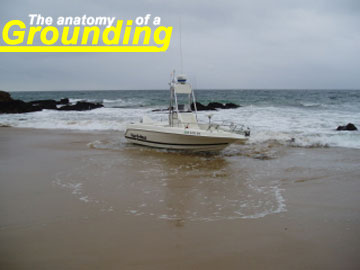 The risks that anglers take when targeting near shore bass tight to the beach are great, and no fish of a lifetime is ever worth the loss of ones boat or life.
The risks that anglers take when targeting near shore bass tight to the beach are great, and no fish of a lifetime is ever worth the loss of ones boat or life.
Once your boat comes to rest on the shore it is of the utmost importance to place and secure your anchor high up on the beach. The purpose of this is to minimize the chance of the boat being pushed and moved along the beach by the surf, currents and wind. It is a very simple practice, but it can save your boat from being smashed onto the rocks.
As the SWBA series gets under way, remember that things happen fast and without warning, so when trouble strikes preparedness before hand is key. As in any emergency situation, staying calm and being proactive will keep you and your crew safe, so don’t take unnecessary risks. Put the whole SWBA tournament series into perspective, it is only a fishing tournament and it is not worth taking unnecessary risk that could result in you or your partner’s life.
Be Safe. Jon Kuch

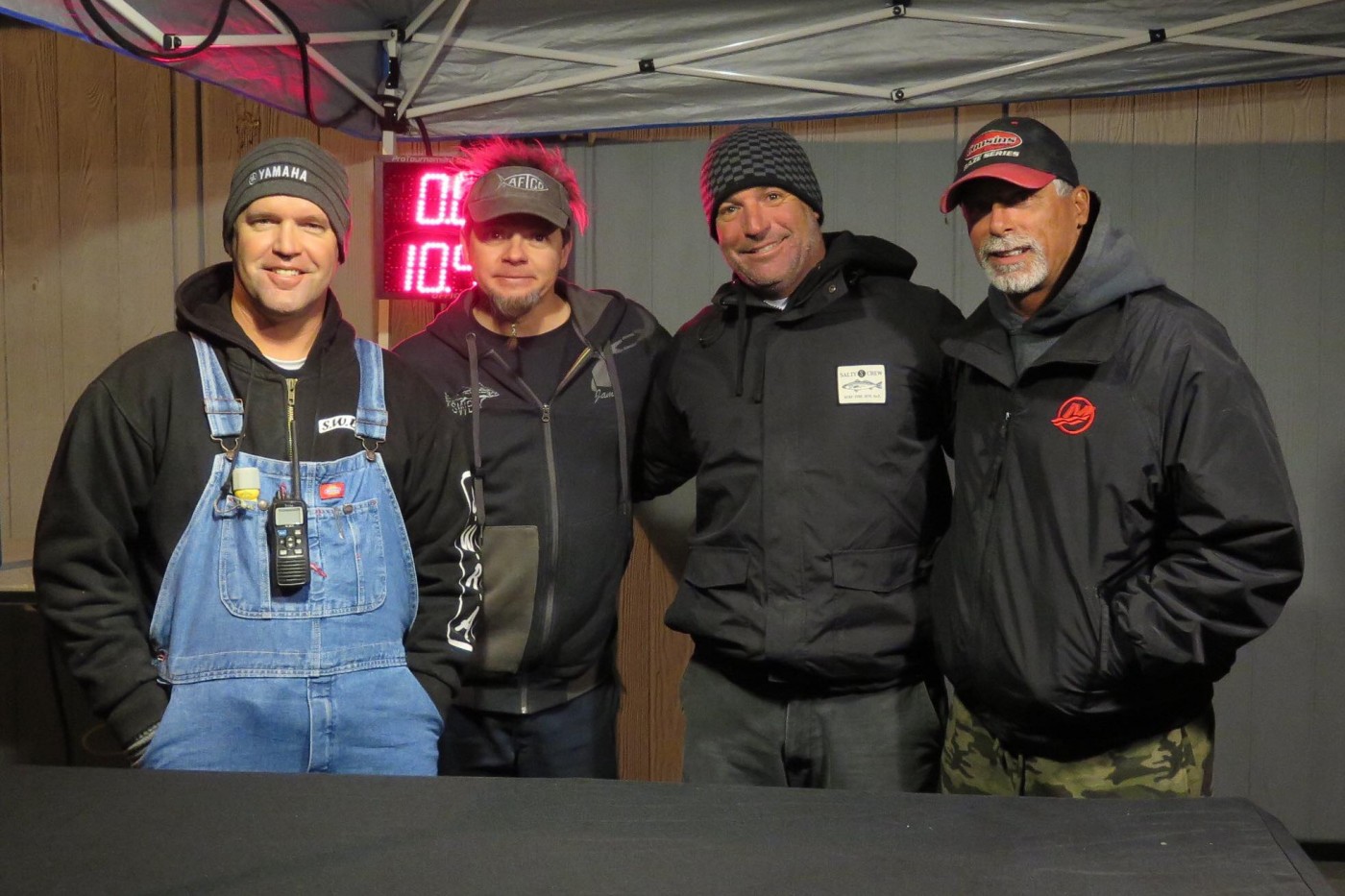
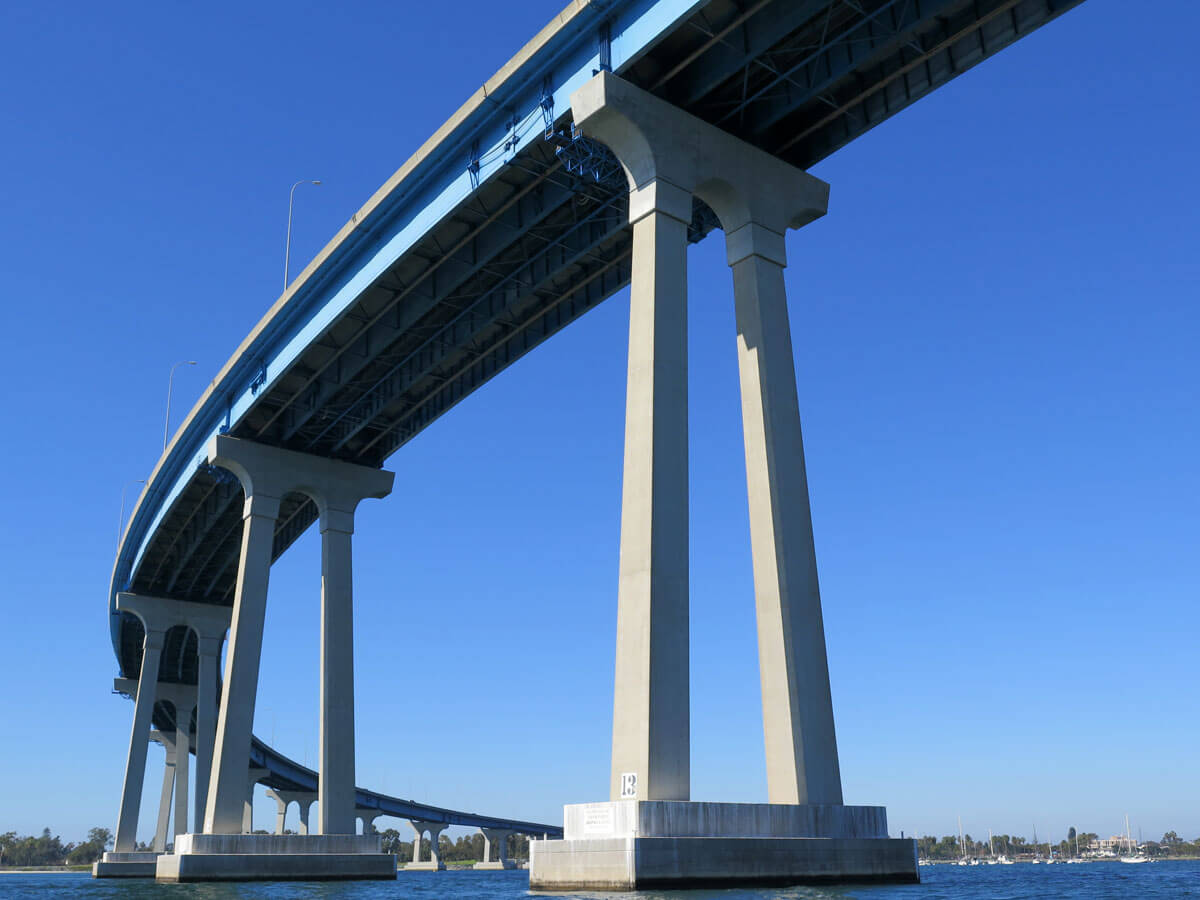
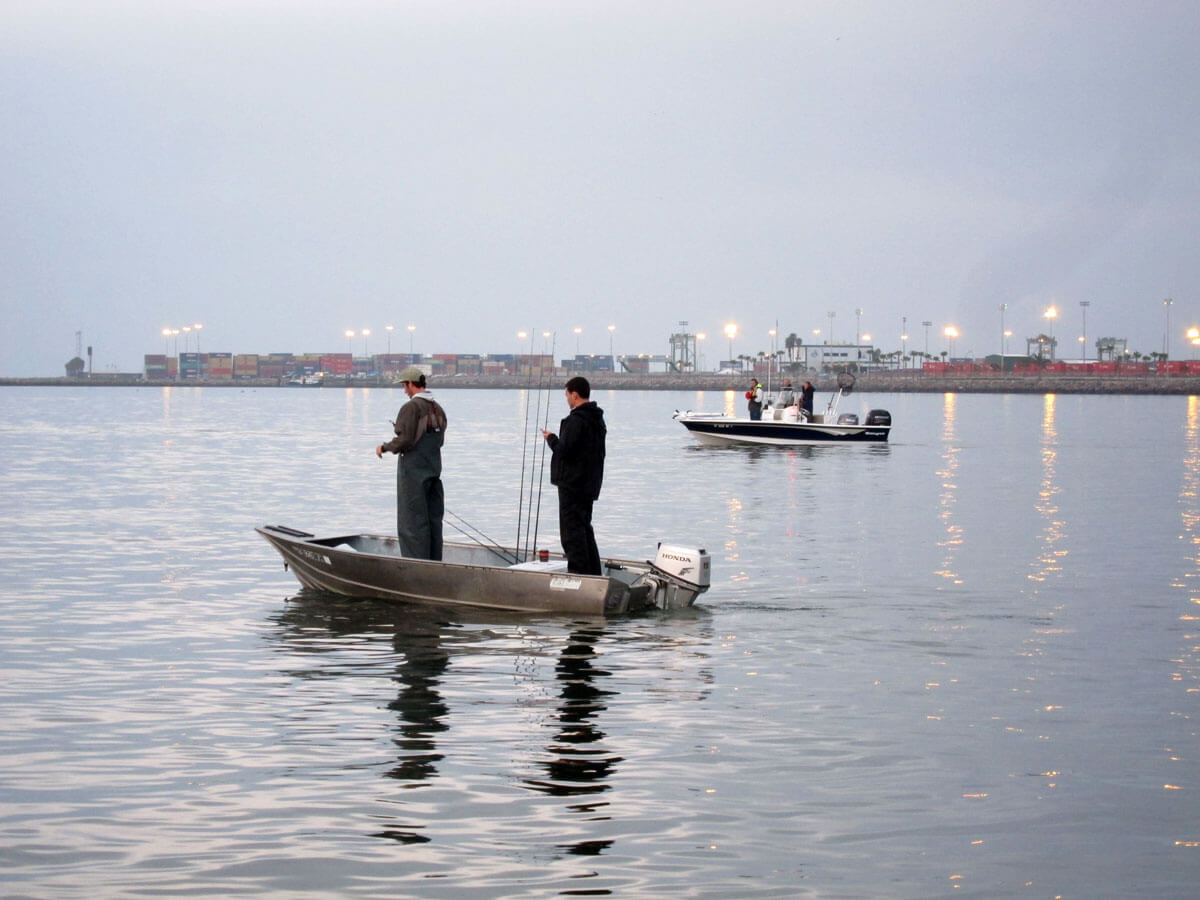
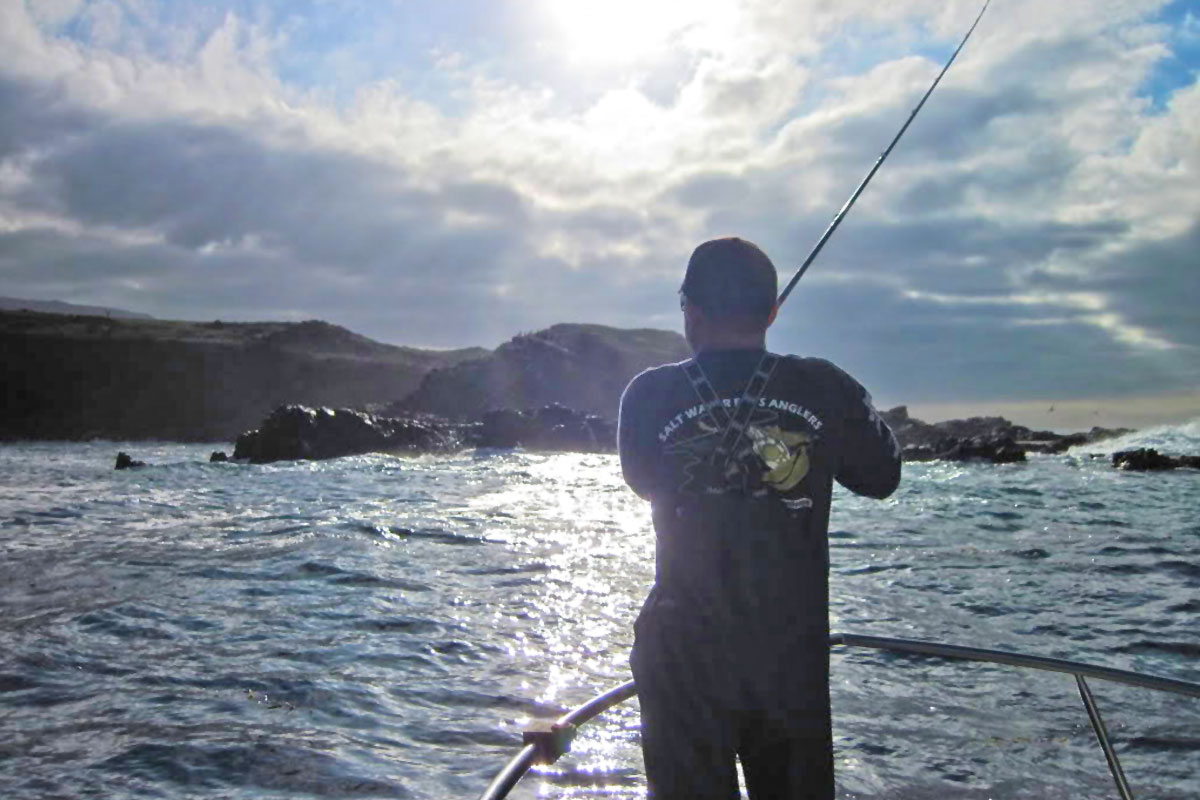
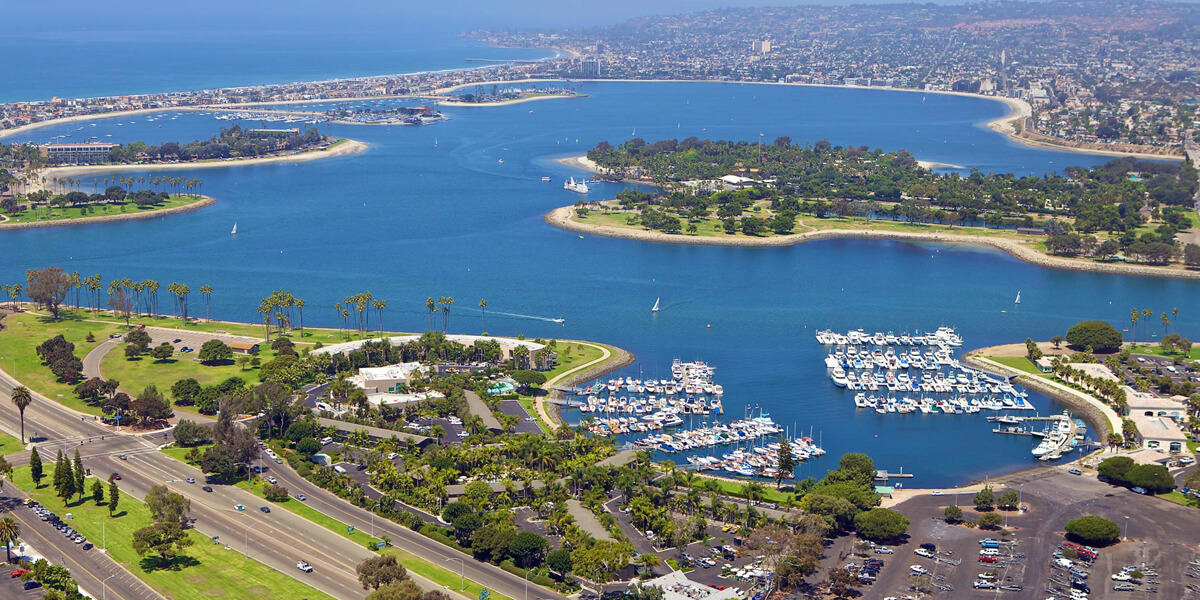
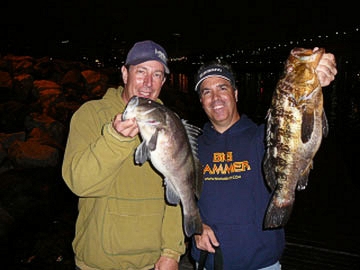

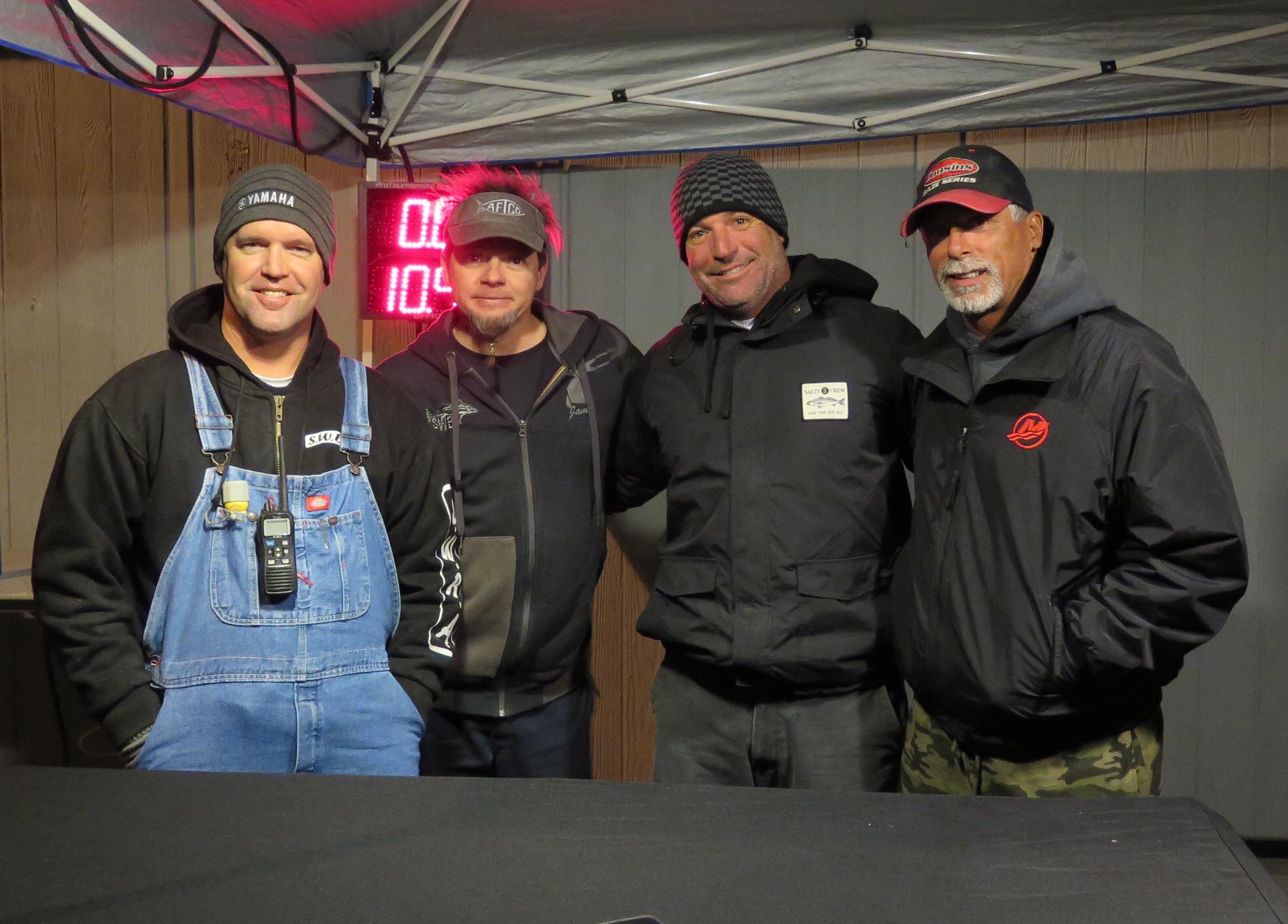






Got something to say?